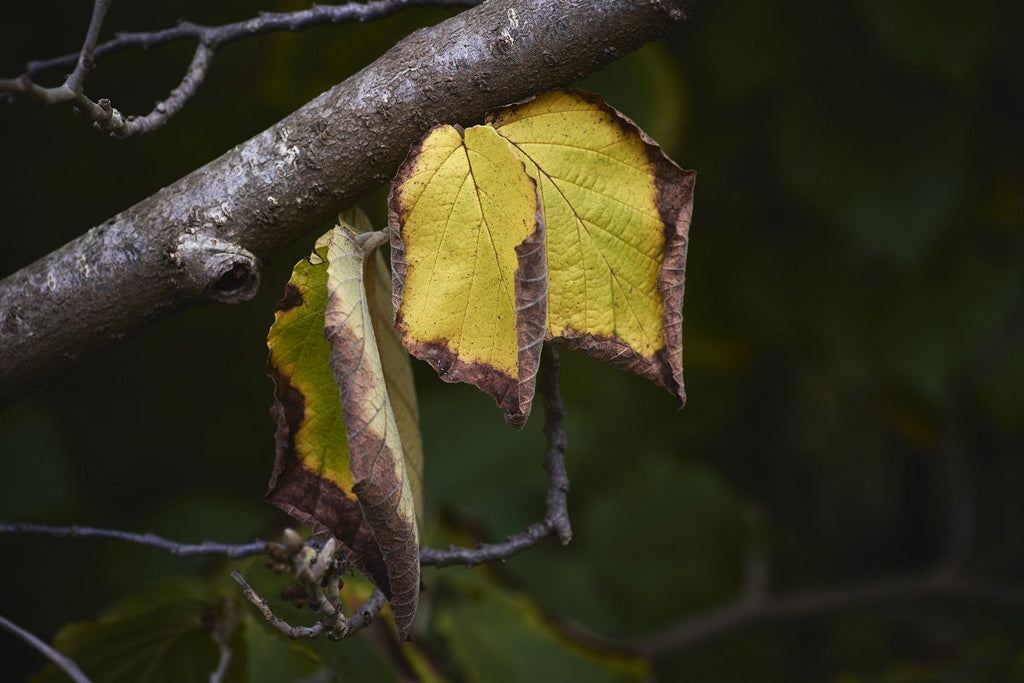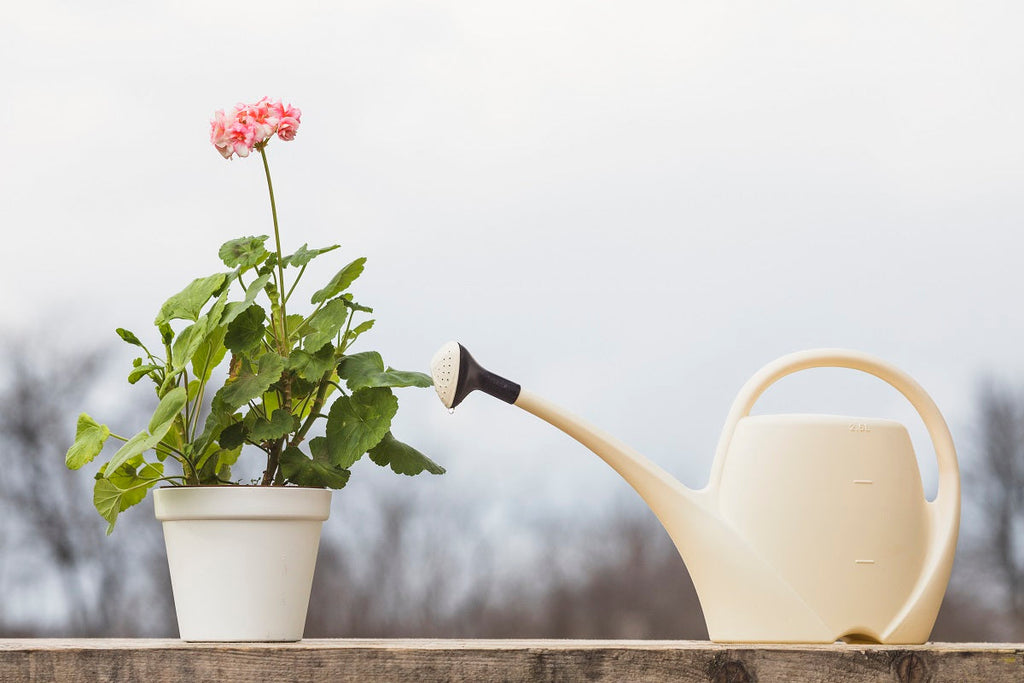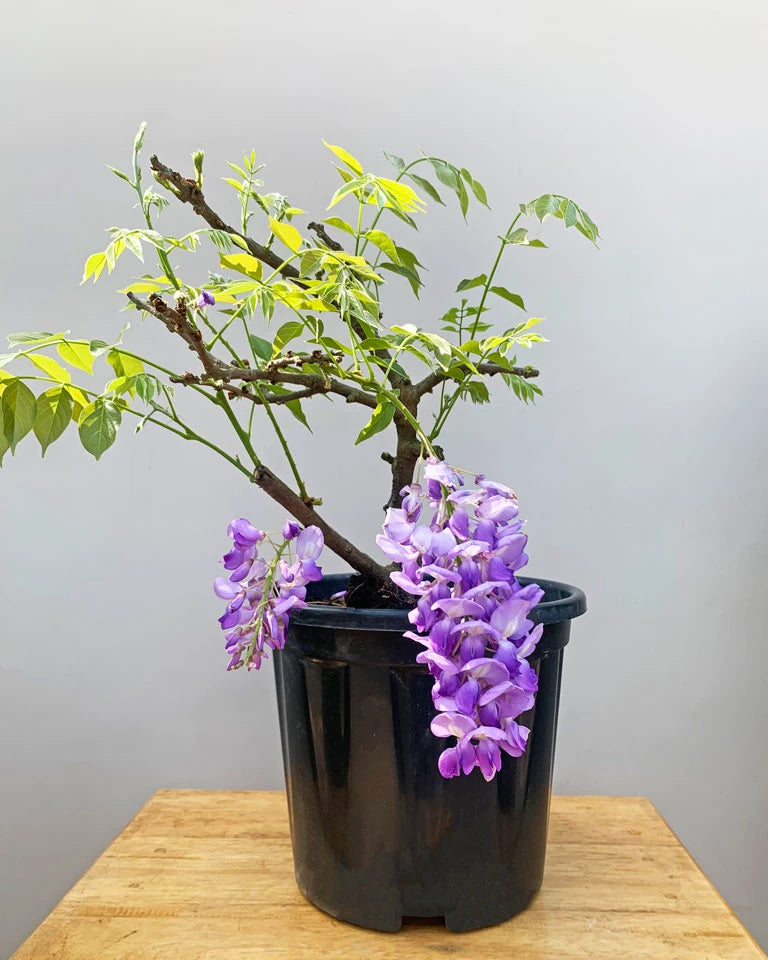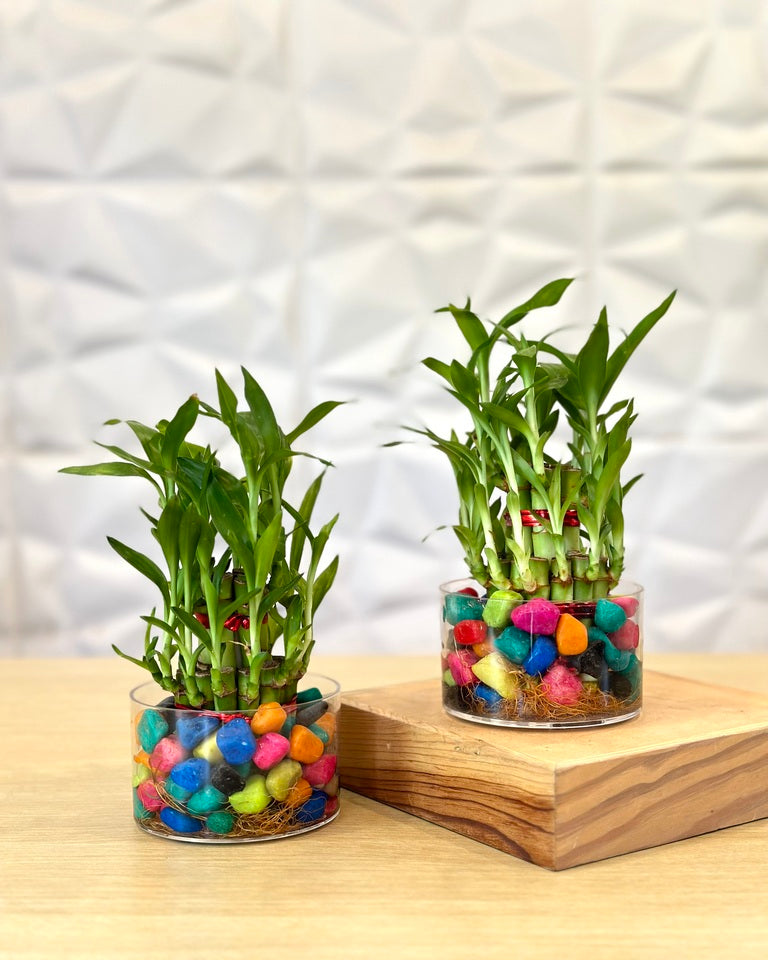
Top 5 Radiation Absorbent Plants

In an era where environmental concerns are at the forefront of global discussions, finding sustainable ways to combat pollution is crucial. One often overlooked avenue is the use of plants to absorb harmful substances, including radiation. While you may be familiar with some plants known for their air-purifying qualities, you may be surprised to learn that certain plants can also absorb radiation.
Why It's Effective
While not as commonly cited for radiation absorption as other plants, certain types of cacti have been studied for their capacity to absorb and store harmful substances, including radioactive isotopes. According to a NASA study, Cactus is one that is effective in absorbing radiation.
Additional Advantages
Cacti are low-maintenance plants that thrive in arid environments, making them an excellent choice for locations with water scarcity.
Why It's Effective
Spider plants are more commonly known for their air-purifying qualities but have also demonstrated a capability to absorb low levels of radiation, particularly from electronic devices.
Additional Advantages
They are extremely easy to care for, making them ideal for indoor use.
Why It's Effective
Monstera has the capability to absorb EMF from the surroundings. You can keep it in your bedroom as it can provide a shield from EMF while you are sleeping. Although there is limited research about the potential of the EMF absorbent quality of this plant, it is one of those plants that can help in radiation removal from your house.
Additional Advantages
Monstera are popular for their striking appearance and are relatively easy to maintain indoors.
Why It's Effective
Asparagus has shown promise in absorbing various pollutants from the soil, including some forms of radiation.
Additional Advantages
Asparagus is also a nutritious vegetable and can be a delicious addition to various cuisines.
Why It's Effective
While primarily renowned for their aesthetic appeal, Fiddle Leaf Figs have shown some potential in absorbing low-level radiation, especially from household electronics.
Additional Advantages
They add a touch of elegance to any interior space and are increasingly popular as houseplants.
Now that we've explored these radiation removal plants, you might wonder how to integrate them into your home. Here are some tips to get you started:
Placement: Position them strategically around your living space to ensure maximum coverage and air purification.
Variety: Incorporate a mix of these radiation removal plants to maximize their collective benefits.
Care: Follow care guidelines for each plant to ensure they thrive and continue their air-purifying work effectively.
Aesthetic: These flora don't just clean the air; they also elevate the aesthetic of your home with their lush greenery.
Routine: Regularly clean the leaves to remove dust and debris, allowing them to breathe and function optimally.
Conclusion
From the resilient sunflower and versatile hemp to the house-friendly spider plant and monstera, the world of radiation-absorbent plants is more varied than you might think. Whether you're looking to purify your indoor space or contribute to larger environmental clean-up initiatives, there's likely a plant that fits your needs. They not only absorb harmful EMF but also offer a host of other benefits, from aesthetic appeal to nutritional value. The power of plants in maintaining a healthy environment is truly astounding, and these eight examples are just the tip of the iceberg. You can explore these plants here.
FAQs:
Do radiation removal plants require special care?
They generally have low maintenance requirements. Regular watering and appropriate light conditions are essential.
Are these safe for households with pets?
While most of them are non-toxic, it's recommended to keep them out of reach of curious pets.
Do these plants have benefits beyond radiation removal?
Absolutely, they also contribute to reducing other indoor pollutants and enhancing the overall aesthetics of your space.
Can I propagate these plants to create more?
Yes, many of them can be propagated through various methods, such as cuttings or offsets, allowing you to expand your collection.


















